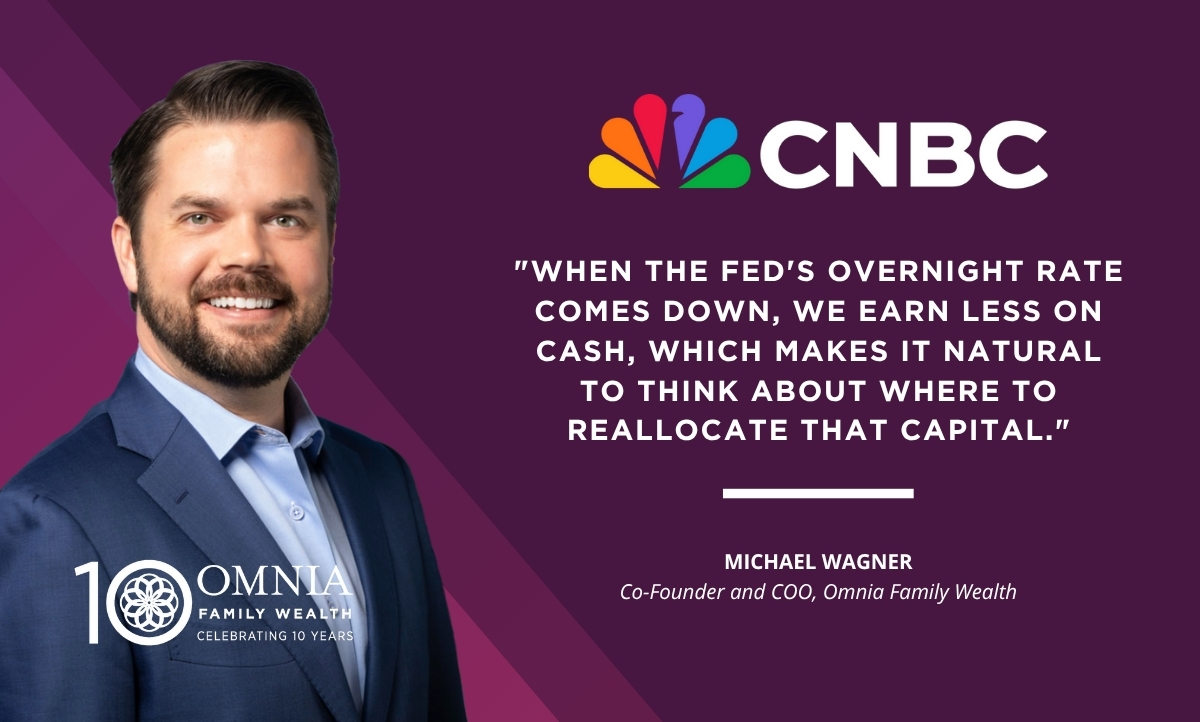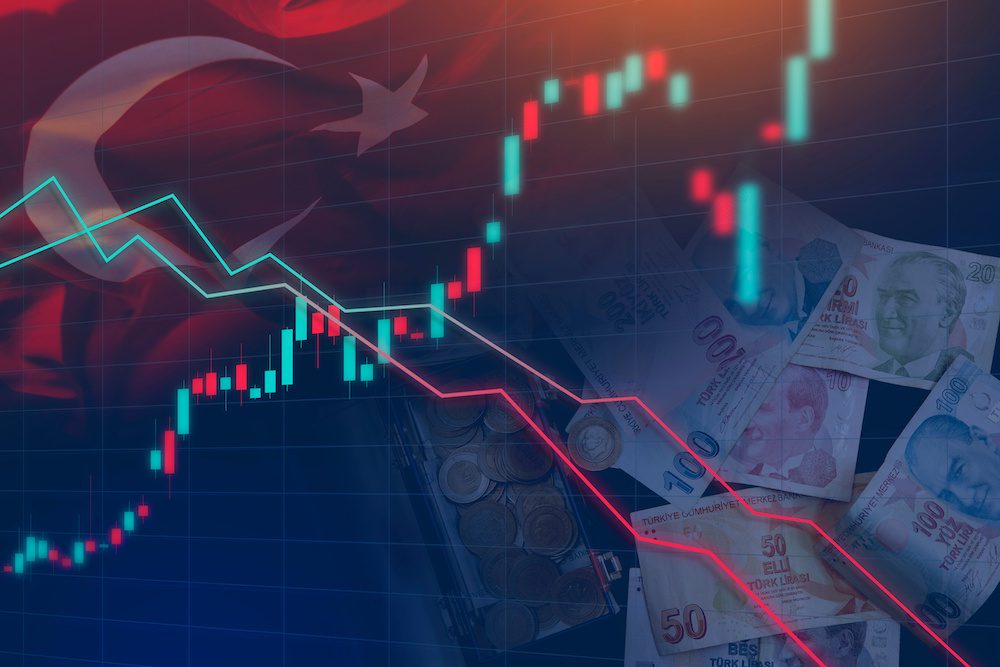
Economic Impacts of Destabilized Ukraine
As Russia continues to mobilize its forces along the Ukraine border, rampant speculation on the economic impacts of if and when such an invasion will occur has already begun to muddy the waters of America’s post-Covid outlook and recovery.
From an investor perspective, it is impossible to know for certain whether Russia will attack Ukraine, and in what form that attack will take. As is often the case in matters of war, those that have been paid to speak on it don’t know for certain, and those that have been paid to know for certain don’t speak on it. It is possible that Putin may be waiting to see how the world reacts to his “posturing” before committing to a plan of action. Despite this uncertainty, there are some safer assumptions about the timing and impacts of a Russian invasion of Ukraine that can be made.
According to most experts, for both political and tactical reasons, it is unlikely that Russia would move forward on a military invasion into Ukraine before the end of February. With China hosting the 2022 Olympic Winter Games, any destabilizing act to the international status quo could be seen as a clear signal of disrespect to a host nation that prides itself on symbols of international prestige. The risk of alienating China, a powerful political and economic ally to Putin’s Russia, would be strongly counterproductive for an actor pursuing greater hegemony in the region. Moreover, Russia and Belarus are set to conclude their joint military exercises on February 20th. Finally, Putin’s political calculus may be reinforced by more tactical decision-making. An invasion of this size would likely require the support of artillery to counter Ukrainian-owned 2S7 Howitzers, salvaged seven years ago from evacuated Soviet warehouses.(1) However, while Russia is scheduled to begin testing its new long-range Coalition SV Howitzer this year, its active artillery units only have a maximum range of 30 miles.(2) With this limited range, for these units to be properly positioned to support an invasion, they will need to cross stretches of water that have not yet sufficiently frozen. With the expectation that this level of freezing would not be met for another few weeks, it is unlikely that an invasion would begin beforehand.
A Russian invasion of Ukraine will risk causing heightened volatility in the market at a time where inflation is already increasing at a significant pace. According to Citigroup Inc. economists Veronica Clark and Andrew Hollenhorst, “Our view of continued upside risks to inflation into 2022 is reaffirmed by late – 2021 data, with core PCE inflation continuing to climb and labor costs rising.”(3) We have already seen the employment cost index and consumptions expenditures price gauge increase year over year by levels we have not seen in decades.
Should Russia invade Ukraine, there seems to be consensus among experts that we will see a significant rise in oil prices, at least in the short term. “There is a very good chance we would reach $100. That’s going to be inflationary with an exclamation point,”(4) noted Robert Yawger, director of energy futures at Mizuho Securities. According to Tariq Zahir, managing member at Tyche Capital Advisors, “If Russia does invade, we would expect oil prices to go parabolic.”(5)
Russia is currently the second-largest global producer of oil, and even today, the threat of diminished global supply is driving oil futures to their highest levels in seven years. Moreover, should Russia choose to weaponize gas delivery as a response to Western economic sanctions for invading Ukraine, the European economy, which sees 1⁄3 of its current natural gas supply provided by Russia, could face significant risk. While a rise in oil and/or gas prices could offer immediate, short-term investment opportunities, a destabilization of Europe could have severe economic consequences that would be felt in the United States.
As American industry transitions into its post-Covid recovery period, access to resources, such as oil and natural gas, will be essential for reinvigorating business to meet growing consumer demands. Even in the short term, rising energy prices will lead to higher costs of production and transportation, which will be passed downstream to consumers. Diminished supply for oil and gas, and subsequent rising costs, could be extremely challenging for households attempting to return to normalcy post-Covid. Nearly half of American homes are currently heated by natural gas, and according to Energy Information Administration’s “Winter Fuels Outlook,” Americans can already expect to see a 30% price increase in the cost of heating their homes this winter.(6) Those that heat with oil will see these costs rise even higher, with a 43% increase. Couple that with a 5.4% rise in consumer prices in the last 12 months, and it’s clear that Americans are already facing a serious price crunch. Should these costs be further exacerbated by a Russian military incursion into Ukraine, this could lead to reduced consumer demand for product, and a subsequent hindrance on the country’s economic rebound.
Within these risks, however, there are seeds of opportunity for those nimble enough to follow global political trends and leverage them. American exceptionalism has always been tied to its ability to adapt, innovate and overcome challenges great and small. In an environment where oil and gas are expensive and scarce, companies that focus on developing or adopting alternative energy sources, electrification, and innovative processes that reduce oil and gas dependency would all be excellently positioned to succeed and grow. For example, in 2020, the transportation sector accounted for 66% of all American petroleum consumption. If petroleum costs were to rise heavily, companies investing in electric and hybrid cars would face an unprecedented opportunity to grow within the market. Moreover, companies that leveraged technology to create and supply resources for energy-efficient home retrofits would have a unique chance to take a larger market share of the construction industry, as families seek affordable avenues to reduce their energy consumption.
All great opportunity is tied to some level of risk. In the next couple of weeks, we may learn more about what levels of risk and opportunity will present themselves to us. So, let’s all keep our “eyes on the ball” and be ready to hit whatever is thrown to us.
Click here to download the PDF.
Sources:
2. https://www.thedefensepost.com/2021/12/08/russia-longest-range-howitzer/
3. Wave of U.S. Inflation Data Reinforces Fed Pivot to Higher Rates (yahoo.com)
4. Gas prices could soar if Russia invades Ukraine – CNN
6. https://www.npr.org/2021/10/13/1045723713/home-heating-costs-this-winter-natural-gas-electric
Important Information
Omnia Family Wealth, LLC (“Omnia”), a multi-family office, is a registered investment advisor with the SEC. This commentary is provided for educational and informational purposes only. It does not take into account any investor’s particular investment objectives, strategies, tax status, or investment horizon. No portion of any statement included herein is to be construed as a solicitation to the rendering of personalized investment advice nor an offer to buy or sell a security through this communication. Consult with an accountant or attorney regarding individual tax or legal advice.
Advisory services are only offered to clients or prospective clients where Omnia Family Wealth and its representatives are properly licensed or exempt from licensure. Information in this message is for the intended recipient[s] only. Please visit our website https://omniawealth.com for important disclosures.
This content is provided for informational purposes only and is not intended as a recommendation to invest in any particular asset class or strategy or as a promise of future performance. References to future returns are not promises or even estimates of actual returns a client portfolio may achieve.




